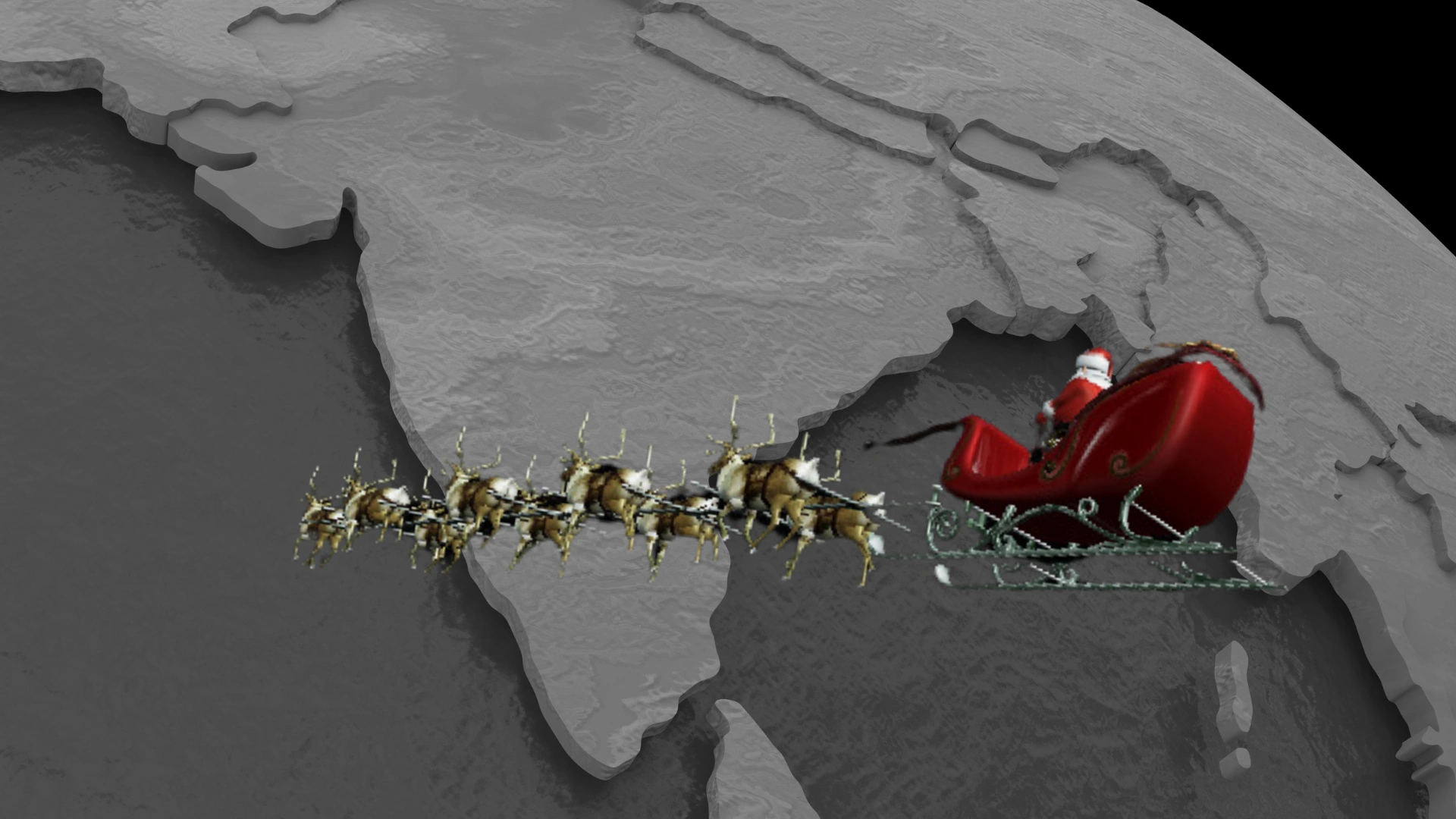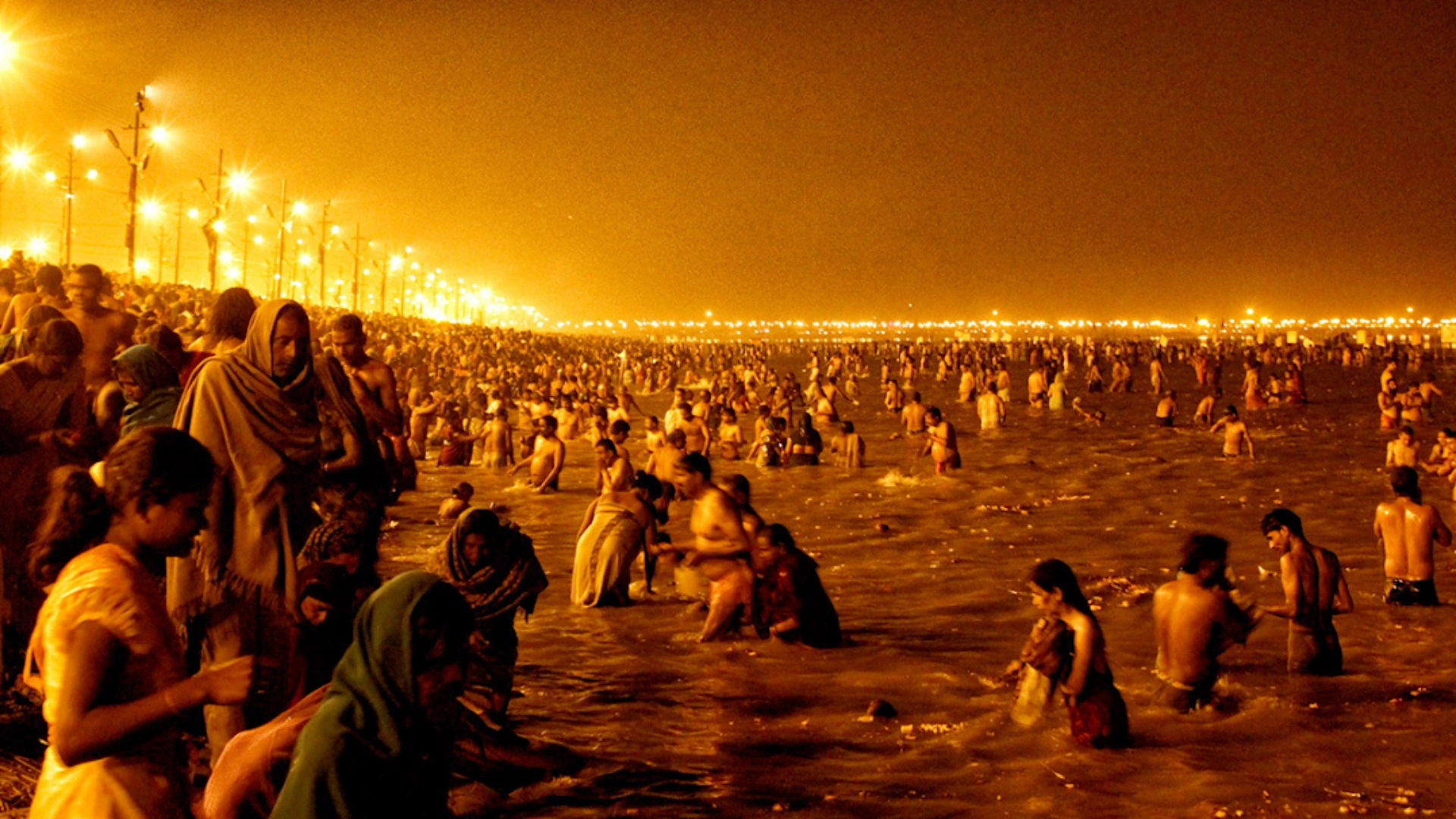In Longyearbyen, Norway, the northernmost town in the Svalbard archipelago, there’s an unusual policy against dying on its premises, a rule in effect since the 1950s. Though there isn’t a formal sign forbidding death, people nearing death are typically sent to the mainland. This restriction has a fascinating, albeit grim, rationale.
Frozen grounds round the year
The prohibition of death isn’t a new idea; as early as the 5th century BCE, the Ancient Greeks banned dying on the sacred island of Delos. Today, a few other places share this unique rule, with Itsukushima in Japan being an exception for spiritual reasons. However, Longyearbyen’s ban stems from its harsh Arctic climate. The low temperatures, often reaching 4°F (-15°C) or lower (sometimes even -25.6°F or -32°C), in Norway mean that the ground remains frozen year-round. This permafrost preserves whatever is buried, including bodies, which are unable to decompose fully.
Permafrost in Norway
A significant problem arises from this preservation. Bodies that stay frozen could harbor viruses or diseases that may become a threat to the population. In 1950, residents discovered that the permafrost was preventing bodies from decaying, raising concerns about the potential spread of diseases. This led to the closing of Longyearbyen’s cemetery in Norway and the establishment of the no-death policy.
This decision was validated in the 1990s when scientists studying permafrost exhumed bodies from Longyearbyen’s graveyard in Norway and found that a victim of the 1918 influenza pandemic still carried the virus in a preserved state. This deadly virus, which once killed about 5% of the global population, could potentially re-emerge if the permafrost were to melt due to global warming, putting the town at serious risk.
Dead evacuated in Longyearbyen, Norway
For those who pass away before being evacuated, cremation is the only burial option in Longyearbyen, Norway, requiring a state-issued permit to bury the ashes. Life here is challenging for its 2,000 residents, with severe winters that bring four months of darkness, and threats from polar bears that roam outside the settlement. On top of the prohibition of death, cats are also banned to protect the local bird population. For anyone managing to navigate these extreme conditions, death’s ban may seem the least of their worries.
Read More: Dhanteras 2024: Know The Timing, Magical Rituals To Attract Wealth & Abundance


















